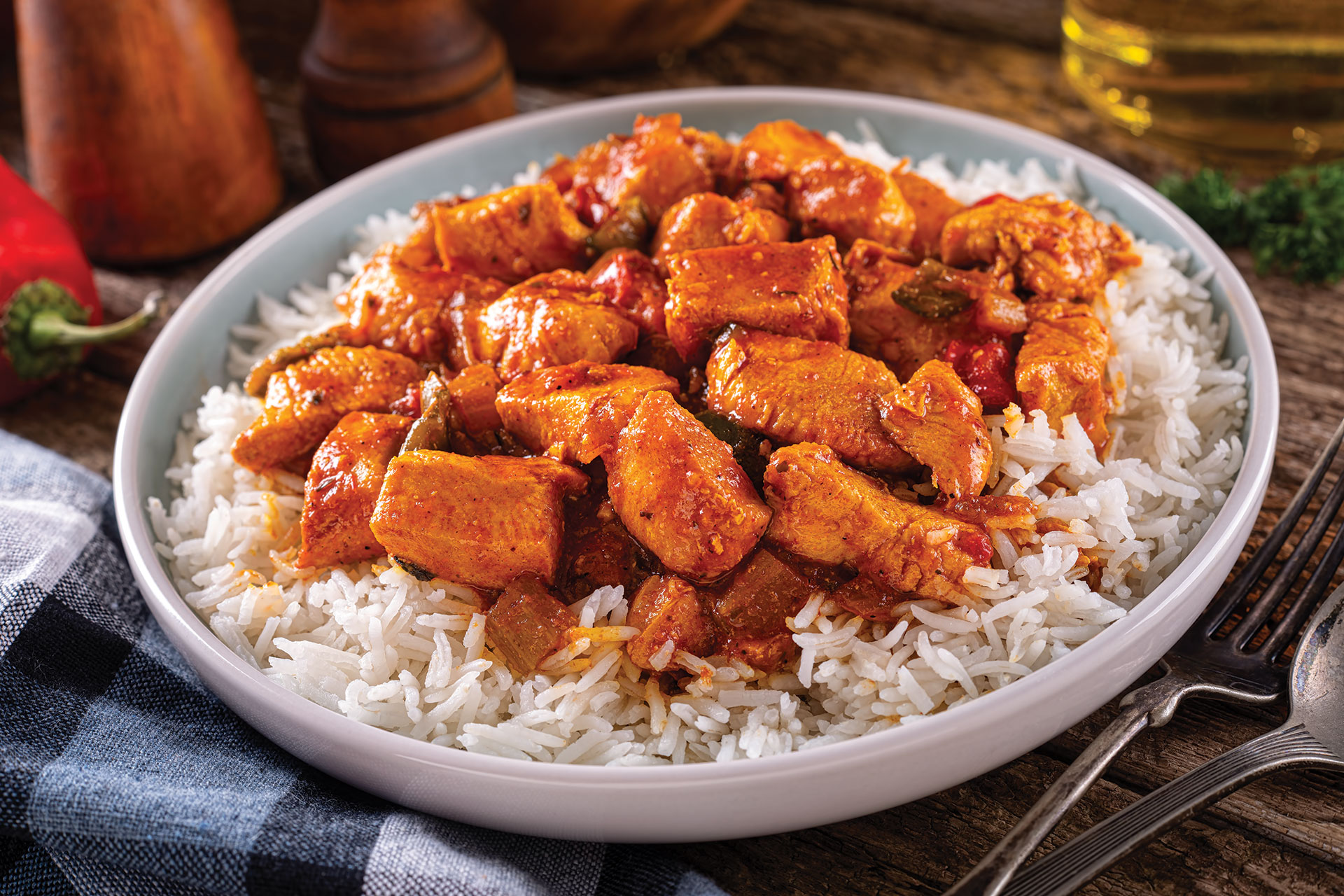10 términos comunes de cocina
- HORNEAR: cocinar en un horno
- BATIR: combinar los ingredientes mediante un movimiento rápido y circular con una cuchara, un tenedor, un batidor o una batidora
- MEZCLAR combinar los ingredientes hasta que estén bien integrados u homogéneos, ya sea a mano con una cuchara o un tenedor, o con una batidora eléctrica o una licuadora
- HERVIR: calentar un alimento de modo que el líquido rompa hervor
- DORAR: cocinar a fuego medio o alto hasta que la superficie de los alimentos se vuelva de color marrón
- PICAR: cortar comida en trozos pequeños
- PISAR: aplastar los alimentos con un tenedor, una cuchara o un machacador
- PRECALENTAR: encender el horno con antelación para que esté a la temperatura adecuada cuando lo necesite (suele tardar entre 5 y 10 minutos).
- ASAR: cocinar en el horno en un recipiente sin tapar
- SALTEAR: cocer y remover los alimentos en una pequeña cantidad de grasa a fuego medio o alto en una sartén poco profunda sin tapar

